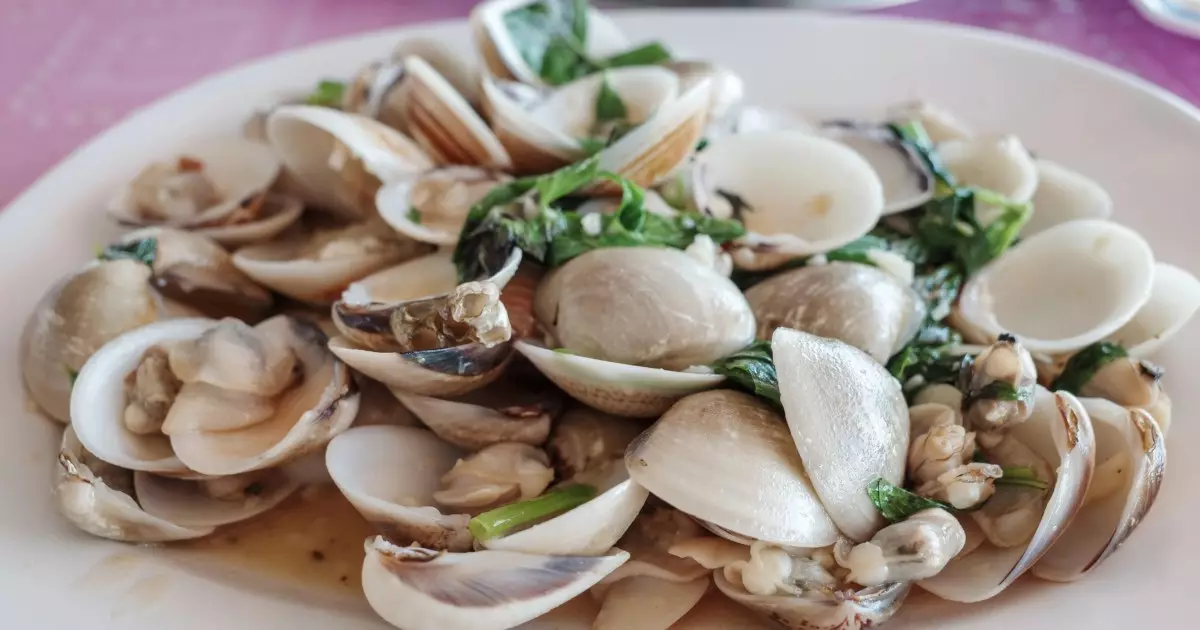Clams are not just a delightful seafood choice for humans; they can also offer substantial health benefits for dogs. These shellfish are packed with protein, which is crucial for your dog’s muscle development and overall health. Furthermore, clams are rich in vital minerals such as zinc and iron, which play a pivotal role in boosting your dog’s energy levels and bolstering their immune system. What many pet owners might overlook is that these little mollusks are also an excellent source of omega-3 fatty acids, known for their anti-inflammatory properties. This can be especially beneficial for dogs suffering from joint issues or skin conditions.
Cooking Clams: A Must for Safe Consumption
While the idea of sharing your favorite seafood with your canine companion sounds appealing, it’s essential to prioritize safety. Always serve clams that have been properly cooked; raw clams can lead to gastrointestinal upset in dogs due to bacteria and pathogens commonly found in uncooked shellfish. When cooking, opt for a simple steaming method and refrain from using spices, particularly those that are toxic to dogs like garlic and onions. It’s critical to keep the preparation straightforward to ensure that your dog’s treat remains healthy.
Avoiding Common Pitfalls
One common mistake that pet owners make is offering canned clams. While they may seem convenient, many canned options are loaded with sodium and preservatives that can harm your dog’s health. If you choose to go this route, ensure that the canned clams are free from added salt, as excessive sodium can lead to health issues like hypertension and kidney troubles.
Serving Size and Safety Precautions
When introducing clams into your dog’s diet, moderation is key. Too much of any new food can lead to digestive upset, and clams are no exception. It’s advisable to begin with small amounts and observe any reactions your dog has. Moreover, never forget to remove the clam meat from its shell before serving. The shells pose a choking hazard and can also splinter, creating potential risks for your dog’s teeth and digestive tract.
Consult Your Vet
Each dog is unique, and dietary needs can vary greatly. Consulting your veterinarian before adding clams or any new food to your dog’s diet is a wise move. Your vet can provide personalized advice based on your pup’s health status, age, and activity level, ensuring you’re making choices that enhance their wellbeing. This becomes all the more important if your dog has existing health conditions or dietary restrictions.
Embracing clams as a rare treat can add variety to your dog’s diet while also contributing to their health. Just remember to keep safety at the forefront by cooking appropriately, avoiding harmful additives, and consulting with your vet to create a balanced and enjoyable dining experience for your furry friend.

